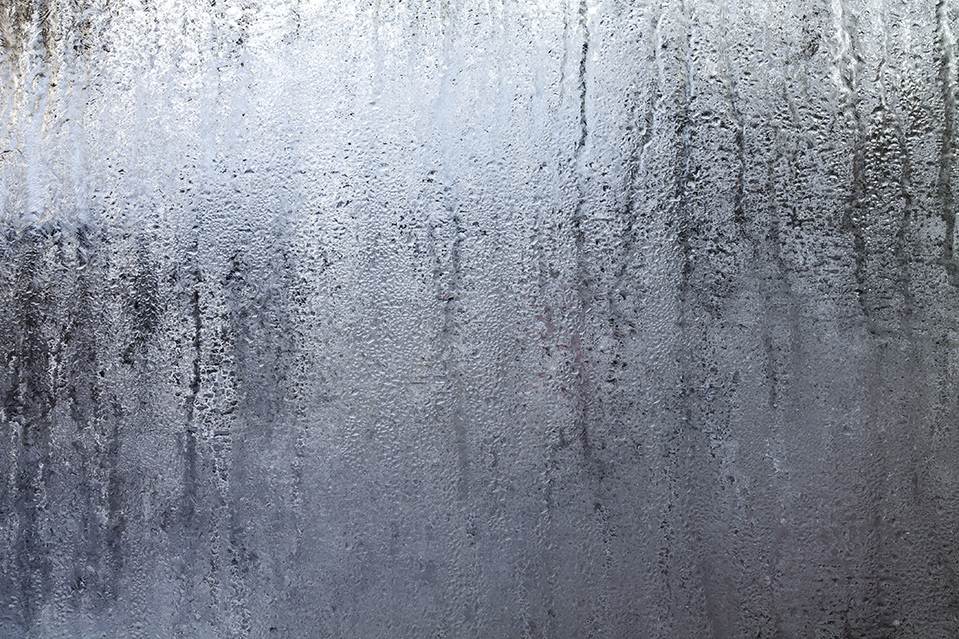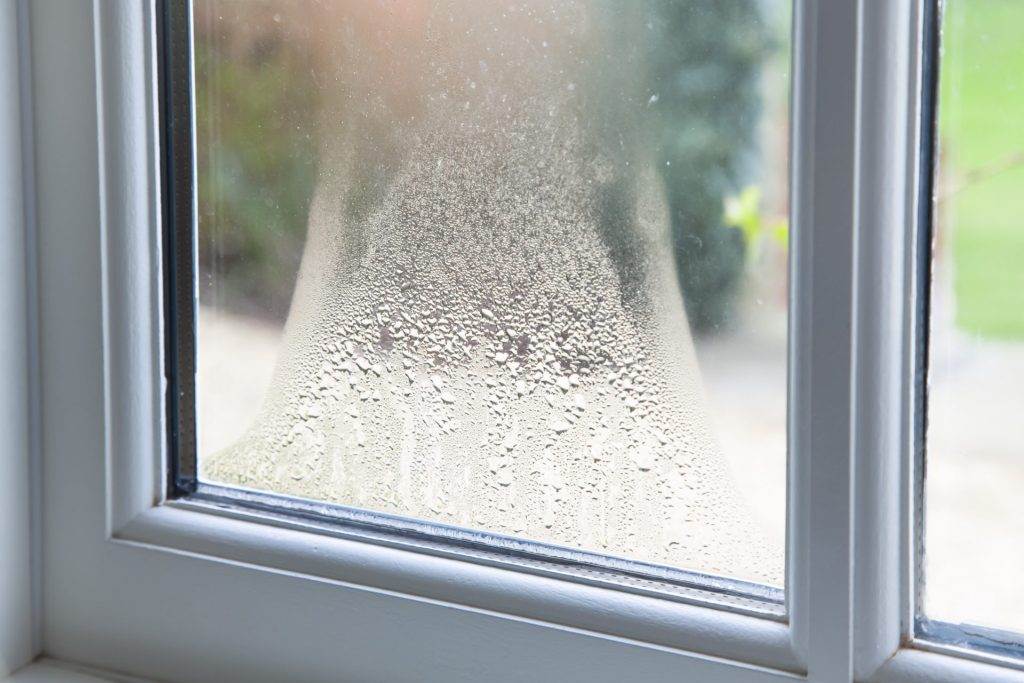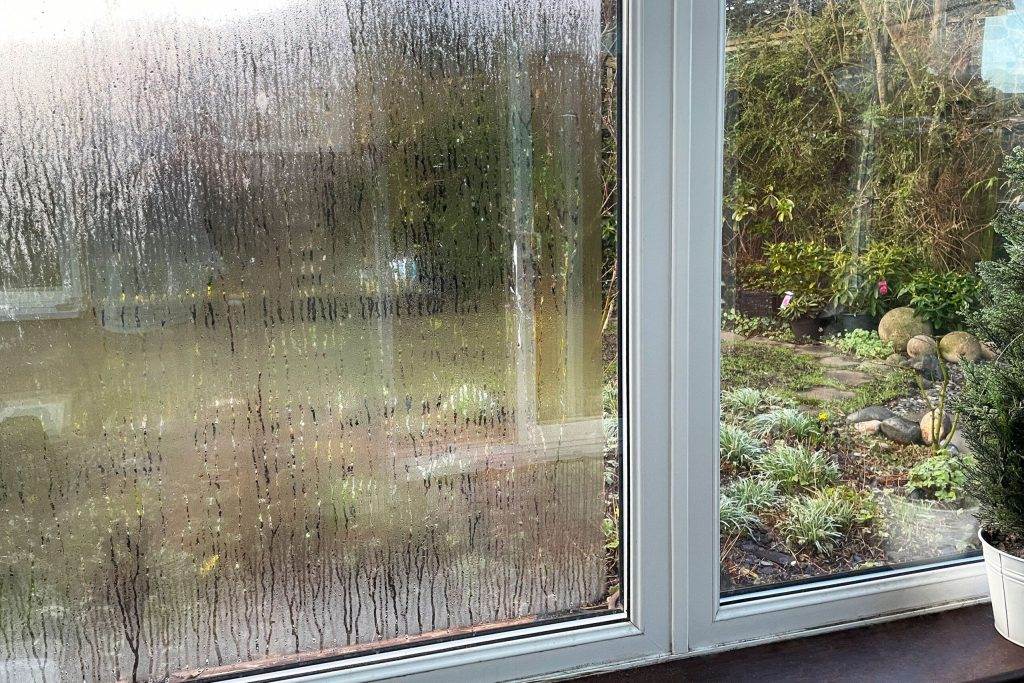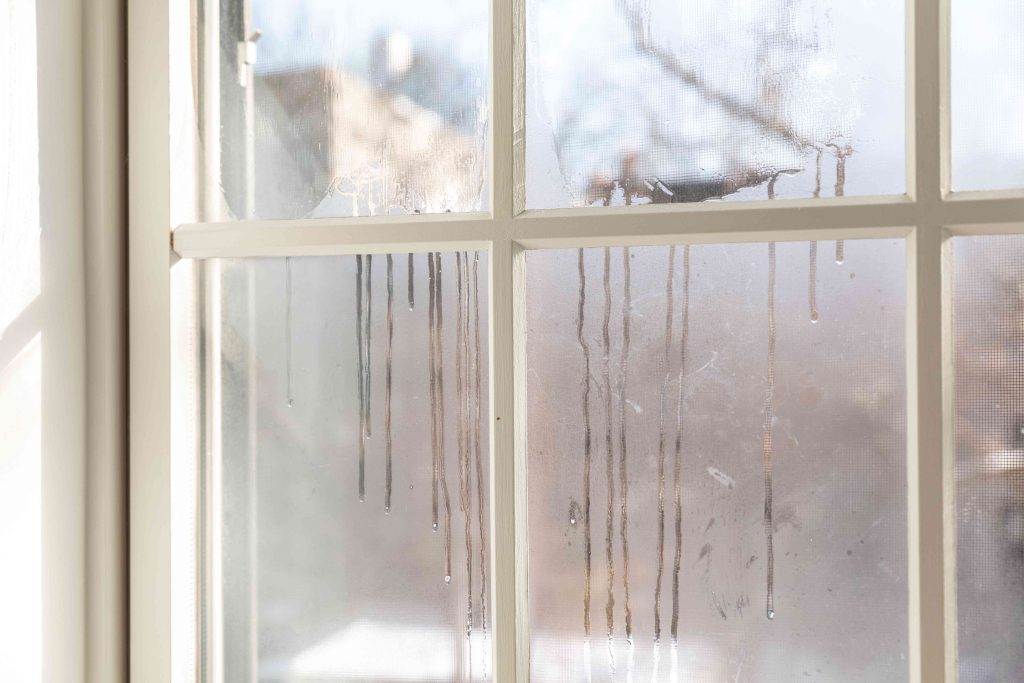So, you’ve made the wise decision to invest in impact windows for your home, but you’re left wondering whether they will condensate or fog up. It’s a valid concern, considering the importance of having crystal-clear views and maintaining the overall appearance of your windows. In this article, we’re going to explore whether or not impact windows have the tendency to condensate or fog up, providing you with the peace of mind you need to enjoy the benefits of these sturdy and protective windows.
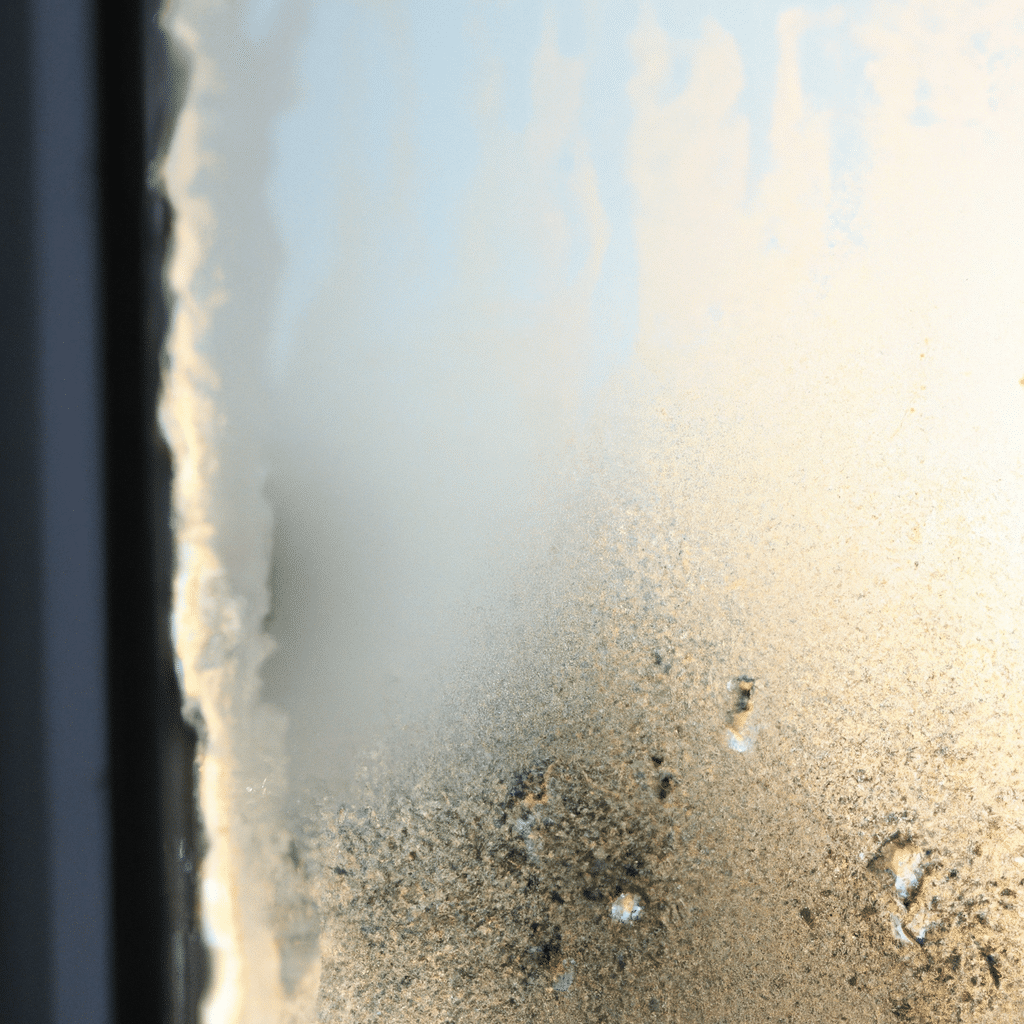
Why condensation and fogging occur in windows
Condensation and fogging in windows occur due to a combination of factors, including moisture in the air, temperature variations, poor ventilation, and humidity levels. Here’s a closer look at each of these factors:
Moisture in the air
Moisture is a natural component of the air we breathe. When warm air comes into contact with a cold surface, such as a window, the air is cooled, causing the moisture in the air to condense. This condensation appears as droplets on the glass and can lead to fogging if not properly addressed.
Temperature variations
Temperature variations can also contribute to condensation and fogging in windows. When the temperature of the window surface differs from the indoor or outdoor temperature, it creates a gradient that encourages moisture to accumulate on the glass. This is particularly common during seasons with drastic temperature fluctuations, such as winter and spring.
Poor ventilation
Proper ventilation is essential for maintaining balanced indoor air quality and preventing condensation. When there is inadequate air circulation, the moisture in the air becomes trapped, increasing the likelihood of condensation forming on windows. This can occur in rooms with limited airflow or in homes with insufficient ventilation systems.
Humidity levels
Humidity levels play a significant role in condensation and fogging in windows. High humidity levels indoors can increase the amount of moisture in the air, creating a higher likelihood of condensation forming on windows. Additionally, homes located in regions with naturally high humidity, such as coastal areas, may be more prone to condensation issues.
Impact windows and condensation
Impact windows are designed to provide durability and protection against external factors while also serving as efficient insulators. However, they are not immune to condensation. Understanding how impact windows work and how to prevent condensation is crucial.
How impact windows work
Impact windows are constructed with multiple layers of glass, making them highly resistant to shattering from impacts. The space between the glass layers is often filled with air or gas, providing insulation and reducing heat transfer. While impact windows are effective at regulating temperature, they can still experience condensation under certain conditions.
Preventing condensation in impact windows
To prevent condensation in impact windows, it is important to address the underlying causes. Proper insulation, including high-quality seals and weather stripping, can minimize air leakage and reduce the risk of moisture entering the window system. Regular maintenance, such as cleaning and inspecting seals, is also crucial to identify and address any potential issues early on.
Signs of condensation in impact windows
Recognizing the signs of condensation in impact windows is important for prompt action. These signs may include water droplets or fogging on the glass. Additionally, if you notice mold or mildew growth near the window frames or a musty smell in the room, it could be an indication of excess moisture and condensation issues. It is vital to address these signs promptly to prevent further damage and maintain the performance of impact windows.
Factors affecting condensation in impact windows
Several factors can contribute to condensation in impact windows. Understanding these factors can help mitigate the risk and ensure optimal performance of your windows.
Window quality and installation
The quality of impact windows and their proper installation significantly affects condensation. Inferior quality windows may have inadequate seals or poor insulation properties, increasing the chances of moisture infiltration and subsequent condensation. It is essential to invest in high-quality impact windows and ensure they are installed correctly by reputable professionals.
Quality of seals and weather stripping
The integrity of seals and weather stripping is crucial in preventing condensation. Over time, seals can deteriorate or become damaged, leading to air leaks and moisture intrusion. Regular inspection and maintenance of these components are essential to identify any issues and promptly address them to prevent condensation in impact windows.
Interior humidity levels
Maintaining appropriate humidity levels in your home is essential to prevent condensation in impact windows. If the indoor humidity is too high, it increases the amount of moisture in the air, leading to a higher likelihood of condensation forming on windows. It is recommended to keep indoor humidity levels between 30% and 50% to minimize condensation risks.
Ventilation and airflow
Proper ventilation and airflow play a crucial role in minimizing condensation. Good airflow helps move moisture away from windows and prevents stagnant air, reducing the chances of condensation occurring. Ensure that your home has adequate ventilation systems, such as exhaust fans in kitchens and bathrooms, and consider using ceiling fans to improve air circulation.
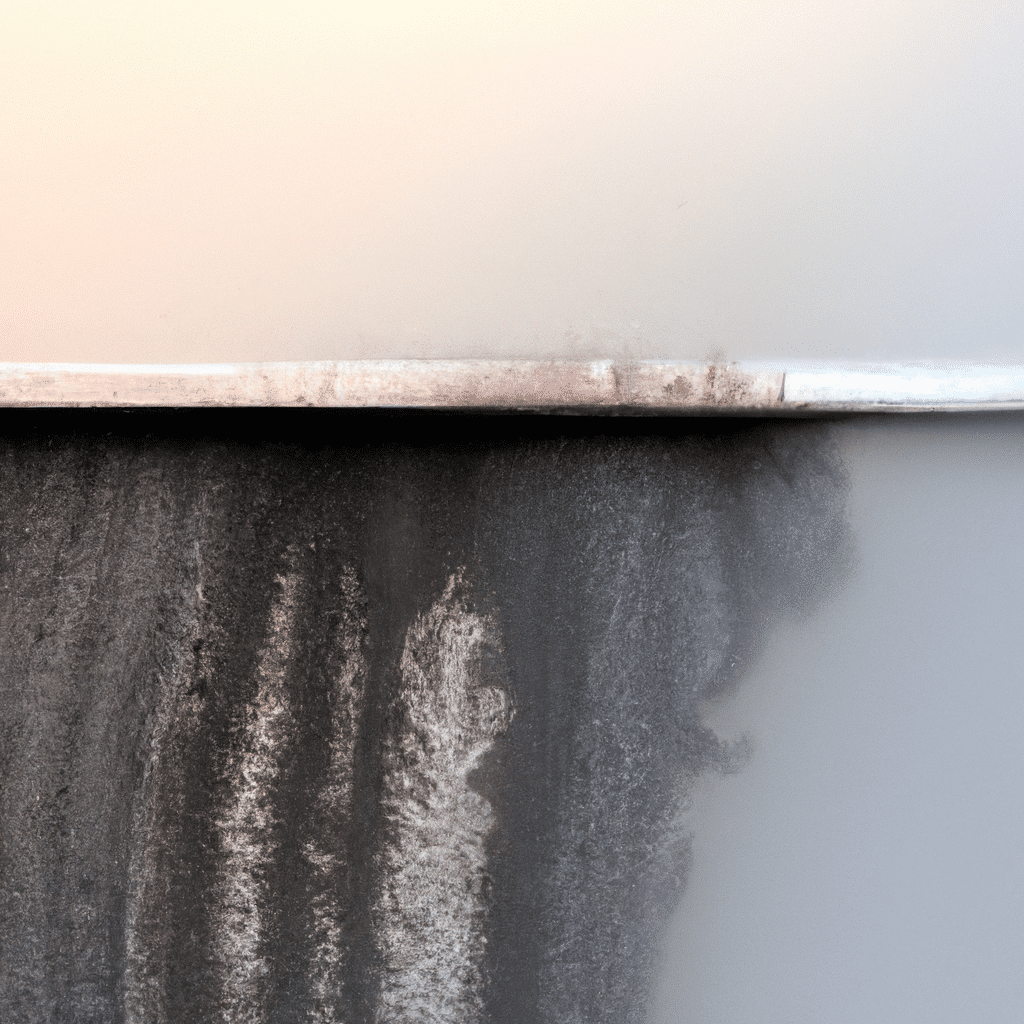
Effects of condensation and fogging in impact windows
Condensation and fogging in impact windows can have several adverse effects. It is essential to be aware of these effects to understand the importance of addressing condensation issues promptly.
Aesthetics and visibility
Condensation and fogging obstruct the view from your windows, impairing visibility and detracting from the aesthetics of your home. This can be particularly frustrating if you have invested in impact windows to enjoy scenic views or enhance the appearance of your living space.
Potential damage to the frame and glass
Excessive condensation can lead to damage to the window frame and glass. Prolonged exposure to moisture can cause wooden frames to rot or warp, compromising their structural integrity. In extreme cases, excessive condensation can even damage the glass, requiring costly replacements.
Health concerns
Condensation and excessive moisture can create an ideal environment for mold and mildew growth. Mold spores can exacerbate allergies and respiratory issues, posing a risk to your health and the health of your family. Additionally, excessive humidity levels can promote the growth of dust mites and increase discomfort for individuals with asthma or other respiratory conditions.
Solutions for condensation in impact windows
Various solutions can help address condensation issues in impact windows. It is essential to implement these solutions based on the unique circumstances and needs of your home.
Regular cleaning and maintenance
Regular cleaning of impact windows, both inside and outside, can help remove any accumulated moisture and prevent the development of condensation. Additionally, inspecting and maintaining seals and weather stripping to ensure their integrity is essential. This includes replacing damaged seals or weather stripping promptly.
Using dehumidifiers or moisture-absorbing products
Dehumidifiers can effectively reduce the overall humidity levels in your home, mitigating the risk of condensation occurring on your windows. Alternatively, moisture-absorbing products, such as desiccant packs or silica gel, can be placed near windows to absorb excess moisture from the air.
Improving ventilation and air circulation
Enhancing ventilation and airflow can significantly decrease the chances of condensation in impact windows. Ensure that your home has proper ventilation systems, such as exhaust fans or ventilation vents, to promote air movement and reduce moisture buildup. You can also enhance air circulation by strategically placing fans or opening windows to allow fresh air to enter and circulate.
Upgrading to higher-quality impact windows
If condensation issues persist despite implementing other solutions, it may be worth considering upgrading to higher-quality impact windows. Premium windows often have improved insulation properties and better seals, reducing the risk of condensation. Consulting with window manufacturers or professionals can help you make an informed decision regarding window upgrades.
Common misconceptions about condensation and impact windows
There are a few common misconceptions surrounding condensation in impact windows. It is important to dispel these misconceptions for a better understanding of the issue.
Impact windows are immune to condensation
Contrary to popular belief, impact windows are not immune to condensation. While they are designed to regulate temperature and minimize heat transfer, they can still experience condensation under specific conditions. Understanding the factors that contribute to condensation in impact windows is crucial for effective prevention and mitigation.
Condensation is a sign of faulty impact windows
Experiencing condensation does not necessarily mean that your impact windows are faulty. While poor-quality windows or incorrect installation can contribute to condensation issues, there are other factors, such as humidity levels and ventilation, that can also play a significant role. It is important to consider various factors and consult professionals to determine the root cause of condensation in your impact windows.
Preventing condensation in impact windows
Preventing condensation in impact windows requires proactive measures to control indoor humidity levels and promote proper ventilation. Here are some steps you can take to minimize condensation risks.
Controlling indoor humidity levels
Maintaining appropriate indoor humidity levels is crucial in preventing condensation. Use a hygrometer to monitor humidity levels and ensure they remain between 30% and 50%. If the humidity is too high, consider using a dehumidifier to remove excess moisture from the air.
Avoiding excessive use of humidifiers
While humidifiers can be beneficial to combat dry air, excessive use can raise indoor humidity levels to a point where condensation becomes more likely. Use humidifiers judiciously and monitor humidity levels to prevent excessive moisture accumulation.
Properly ventilating the home
Ensure that your home has proper ventilation systems in place. This includes exhaust fans in kitchens, bathrooms, and laundry areas, as well as ventilation vents or windows that can be opened to promote air circulation. Regularly use these ventilation options to remove moist air and prevent condensation.
Professional advice on dealing with condensation
Consulting window manufacturers or contractors can provide valuable advice on dealing with condensation in impact windows. They have expert knowledge and experience in addressing window-related issues and can offer tailored solutions based on your specific circumstances.
Consulting window manufacturers or contractors
Reach out to the manufacturer of your impact windows or contact reputable window contractors for professional advice. They can assess the condition of your windows, identify any underlying issues contributing to condensation, and recommend appropriate solutions. Their expertise can help you make informed decisions and address condensation effectively.
Getting a professional inspection
If condensation issues persist or if you are unsure about the causes and solutions, consider getting a professional inspection of your impact windows. A trained expert can thoroughly assess the condition of your windows, identify any weaknesses or deficiencies, and provide detailed recommendations for mitigation.
Considerations for climate and geographic location
When seeking professional advice, it is important to consider your climate and geographic location. Different regions may have varying levels of humidity or temperature fluctuations, which can impact the frequency and severity of condensation in impact windows. Professionals familiar with your specific climate can offer insights tailored to your needs.
Importance of proper installation and maintenance
Proper installation and ongoing maintenance are key to preventing and addressing condensation in impact windows. Here’s why they are crucial:
Choosing a reputable installer
Selecting a reputable installer for your impact windows is essential. Experienced professionals with a proven track record can ensure proper installation, including appropriate sealing and insulation, minimizing the risk of condensation issues. Research and choose a reliable installer to protect your investment and avoid potential complications.
Regularly inspecting and maintaining impact windows
Regular inspection and maintenance are vital to identify and address issues promptly. Inspect your impact windows regularly for any signs of damage, such as deteriorating seals or condensation. Additionally, perform routine cleaning to remove debris and maintain optimal performance. Promptly address any maintenance issues or seek professional assistance when needed.
Conclusion
Understanding the causes, effects, and solutions for condensation in impact windows is essential for maintaining their performance and integrity. While impact windows are designed to withstand external forces and provide insulation, they are not immune to condensation. Taking proactive steps to prevent and address condensation issues, such as controlling humidity levels, improving ventilation, and regular maintenance, can help ensure that your impact windows remain functional and aesthetically pleasing. When facing persistent condensation problems or seeking expert advice, consult window manufacturers, contractors, or professionals familiar with your specific climate and geographic location. By prioritizing proper installation, maintenance, and addressing condensation promptly, you can enjoy the benefits of impact windows while minimizing potential issues and maximizing their lifespan.

